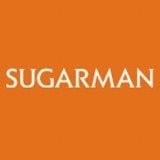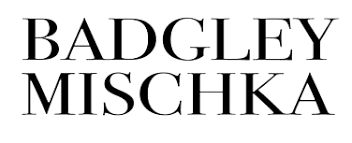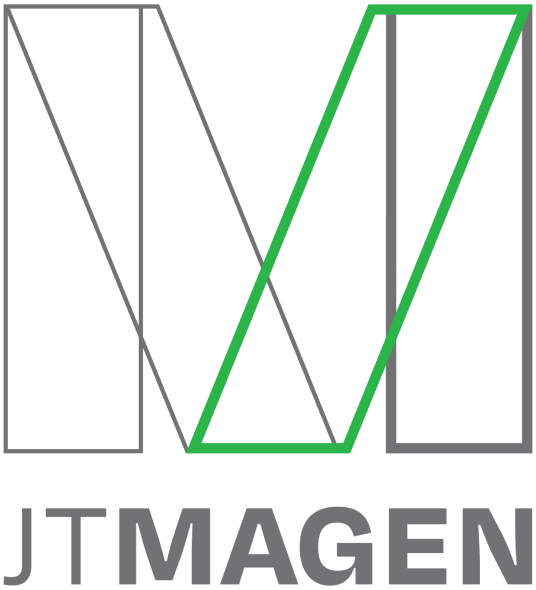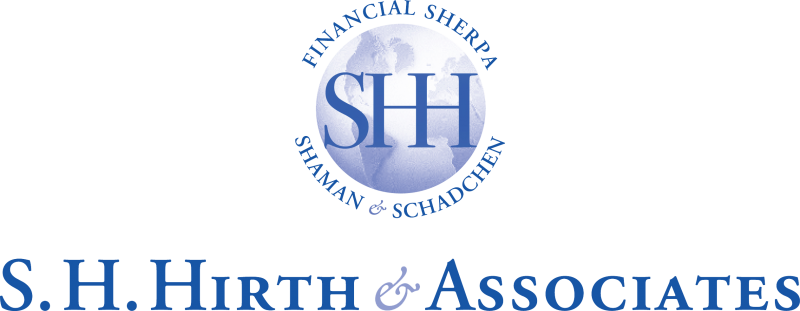In today’s fast-paced business environment, having access to your applications and data from outside the office is a must.
Employees often work remotely from multiple locations, including their homes, and must be able to solve an unexpected client emergency or handle other business-critical issues from anywhere.
One popular way to work from outside the office is a remote desktop access solution where a third-party service or operating system feature allows users to see and interact with their desktop from anywhere as if they were on-site.
However, remote access is not without its challenges. Here are some of the top challenges faced by people who rely on remote access solutions and how to overcome them.
9 Top Challenges of Remote Access For Your Business
Implementing new technology solutions often comes with its own set of concerns, but knowing what pitfalls to look out for can help you avoid them.
1. Connection Quality
A reliable internet connection is essential for remote access. Unfortunately, connection quality can vary greatly depending upon location. 
Public places like hotels, coffee shops, and retail stores have a huge server load, which leads to poor internet connections and weak Wi-Fi signals – a common frustration of many remote desktop experiences.
2. VPNs
VPNs (Virtual Private Networks) on a public Wi-Fi connection are extremely risky because you're only securing that connection. If you have remote employees it’s likely they work in public spaces on their PC, which leaves them vulnerable to a security breach.

3. Performance
There are many low-cost remote access methods available that simply do not have the speed necessary for accomplishing a work day’s hours of work. The delays inherent in these solutions mean they are only viable options for quick tasks or small amounts of work.
In addition, they may have limited capabilities, such as not allowing for local file or printer access.
4. Security
Security is a significant concern when remotely accessing sensitive data, particularly over public Wi-Fi networks in places like coffee shops, airports, and hotels. These public hotspots are convenient but are also highly susceptible to breaches. 
Unauthorized access to sensitive data while using shared Wi-Fi can lead to severe security breaches, putting both personal and company information at risk. It is also possible that the vulnerability does not become evident until much later.
A virus can enter your computer from a public Wi-Fi network and sit dormant, only activating after the user logs in at the office, then entering, infecting, and spreading through the company’s network.
5. Phishing Schemes
As technology has become more advanced so have the cyber attacks — and they are not slowing down anytime soon. One increasing concern regarding remote access is phishing. 
Phishing, which was traditionally limited to emails, has evolved to text and even voicemail. One malicious file download or false credential entry can lead to exposed confidential data or access to financial accounts, costing your business both financial and reputational harm.
6. Application Availability
Some systems restrict access to only certain programs configured by the IT administrator. Often, users need access to other applications, special plugins, configurations, or files from their desktops that are not available on the remote access server.
Additionally, these systems often function differently than on local desktops, disrupting habitual processes and slowing down users.
7. HQ Must Be Online
Most remote desktop solutions require both the servers and the desktop in the office to be online. This poses a challenge in the event of a natural disaster, an internet or power outage at the host location, or a server crash rendering remote access unavailable.
8. Lack of Cohesiveness
With employees working in different areas, in various departments, on siloed solutions, a lot can slip through the cracks. Multiple solutions mean working with multiple vendors, licenses, and support teams, ultimately hindering your company’s efficiency when something goes wrong.
Additionally, if your team is working on multiple clouds it means they’re using multiple login credentials, which is not only annoying but slows down productivity.
9. Costs
Implementing and maintaining a remote access system is expensive.
It requires
- Hardware
- Software
- Ongoing maintenance
- Upgrades
- Training
- Support
These costs can add up quickly, especially for small and midsize businesses with limited budgets and personnel. Having an in-house team of cloud, cybersecurity, and network experts (just to name a few) is unrealistic for many companies.
Resolving Remote Access Challenges With Cloud Solutions
While the challenges we’ve discussed may make remote access seem daunting, you can easily overcome them by leveraging cloud solutions.
The right cloud solution will ensure consistent connection quality and performance through optimized infrastructure. Plus, some cloud solutions can eliminate the extensive hardware and maintenance costs associated with on-premise IT solutions.
Here are two proven ways to take your business to the cloud and ensure successful remote access.
Implementing Desktop as a Service (DaaS)
The traditional office setup with desktop computers and on-premise servers is not optimal for hybrid or remote work environments.
Your business needs robust and reliable cloud infrastructure to support your IT needs – whether in the office, at home, or on the go – without compromising on performance or accessibility.
Implementing a DaaS cloud solution allows you to access your secure desktop anytime, anywhere. With their robust, built-in protections such as firewalls and encryption, you minimize the risks associated with public Wi-Fi and VPNs.

Securing and Managing Multiple Clouds
There’s nothing worse than dealing with multiple logins, vendors, and licenses across each of your different cloud applications. It wastes time that would be better spent elsewhere, not to mention how frustrating it is for your staff.
A centralized cloud management solution takes all your cloud applications and puts them behind a single, secure login. It secures every device that will access these apps, so you can safely access necessary apps whenever you need to.
Simplify the complexity of managing multiple clouds, enabling your business to optimize resources, control costs, and maintain compliance.
Achieve Seamless Remote Access With The Right Partner
Now more than ever remote access is essential to the success of your business. But without leveraging the right cloud solution your business will run into roadblocks.
Our comprehensive cloud solutions not only help you achieve accessibility, but also enhance productivity, improve security, and empower you to focus on what truly matters—growing your business and serving your clients.
Learn more about the benefits of DaaS and see if it’s the right fit for your business. To learn more about securing multiple clouds see more about our service.








